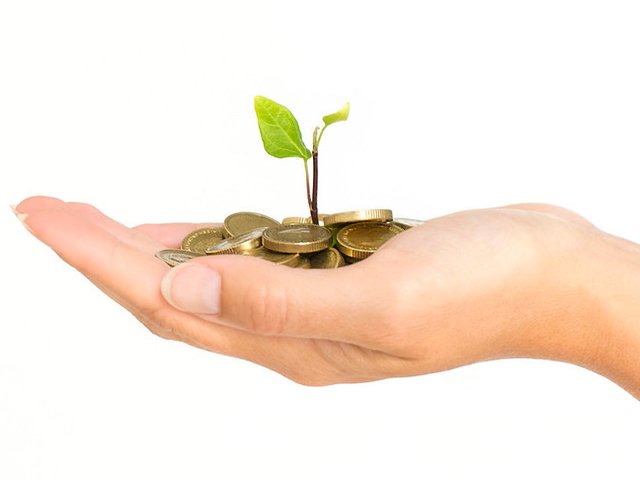On Earth Day—Wednesday, 22 April——the United Nations organised a dialogue called Art in the Time of Coronavirus to discuss the role art will play and the future it faces in the wake of the coronavirus (Covid-19) pandemic. The panel was moderated by Christopher Bailey, the World Health Organization’s lead on art and health, and panelists included the New York magazine art critic Jerry Saltz, the Brooklyn Museum’s director Anne Pasternak, and the artist and data editor at The Guardian US, Mona Chalabi.
The panel’s discussion focused on looking forward past the current pandemic, and topics included questions about the inequalities in the art world that the crisis is exposing, what can we do as members of the community to ensure the future we want, and what movements have come out of similarly historic and turbulent times in the past.
Noting the recent efforts by museums to diversify staff, collections and programming, Pasternak worried that the “massive layoffs” at cultural institutions recently would disproportionately affect the most vulnerable staff members and audiences. “The first people to go are the people who are probably most likely on the fringes of economic security already. Black and Brown people, young people,” she said, adding that “the efforts to enhance diversity, equity, inclusion, and access within our institutions are going to be seriously challenged. And it calls on leaders like myself to be extremely careful in all the choices we're making about how we're going to reduce programming and who are we going to end up serving? Who are we privileging and who are we keeping on the team? So this is an important moment for leaders to step up and think through a lens of equity.”
“I feel a real responsibility right now to inform,” said Mona Chalabi, of how the pandemic has affected her platform. “I remember—what feels like a million years ago—at the beginning of this pandemic, speaking to friends who didn't see it as an urgent problem and that feeling of desperately trying to convince someone of something, and then thinking about my role both as a journalist but as an artist.” Chalabi’s Instagram feed has recently become a source for hand-drawn charts that disseminate helpful information in easily-digestible formats.
The conversation continued to weave between hope for the future and the unsteadiness of the present moment. Jerry Saltz, in his idiosyncratic manner, offered many visions for the moment. “Art offers prayer. It isn't just something that sits there on the wall that people with lots of money get to buy,” Saltz said. “The world that we left 30 days ago, 90 days ago, in many ways that world is gone. In many, many other ways, it's still with us. Art has been with us since the caves. Creativity is in every bone in our bodies. It's a survival mechanism. What's astonishing about this is art thrives under the exact conditions that most of the billions of people of earth are now living under which is, under pressure, in smaller spaces, in more intimate settings.”



